Welcome to Project Linus! We create handmade blankets for children in need, providing comfort and security. All blankets must be new, washable, and child-friendly. Follow our guidelines to ensure your contribution brings joy and warmth to those who need it most.
Overview of Project Linus
Project Linus is a nonprofit organization dedicated to providing handmade blankets to children in need, including those who are critically ill, traumatized, or otherwise in need of comfort. The organization collects and distributes new, washable blankets to children ages 0-17. These blankets are made by volunteers using materials such as cotton fabric, flannel, polar fleece, or acrylic yarn, ensuring they are soft, durable, and safe for children. Blankets must be free from embellishments like buttons or ribbons to avoid choking hazards. Project Linus accepts quilts, sewn blankets, fleece blankets with decorative edges, and knitted or crocheted items, though fleece blankets are currently in highest demand. The organization distributes these blankets through hospitals, shelters, and other community organizations, bringing warmth and reassurance to children during challenging times.
Purpose of the Blanket Instructions
The purpose of these instructions is to guide volunteers in creating handmade blankets that meet Project Linus’ quality and safety standards. By following these guidelines, contributors ensure their blankets are suitable for children in need, providing comfort and reassurance. The instructions detail acceptable materials, sizing requirements, and construction methods to guarantee durability and safety. They also emphasize the importance of using child-friendly colors and avoiding embellishments that could pose risks. These guidelines help volunteers understand the organization’s mission and the impact of their efforts. By adhering to these instructions, makers can confidently create blankets that bring warmth and hope to children during difficult times.

Materials and Supplies Needed
Use new, washable materials like 100% cotton, flannel, polar fleece, or acrylic yarn. Essential supplies include sharp scissors, rotary cutters, and satin labels for a professional finish.
Acceptable Fabrics for Blankets
Acceptable fabrics include 100% cotton, flannel, polar fleece, and acrylic yarn. These materials are chosen for their softness, durability, and washability, ensuring comfort for children. Avoid using wool due to potential allergies and its poor washability. Fabrics must be new and free from fading or scents. Bright, cheerful colors and child-friendly patterns are encouraged to create a cuddly and uplifting blanket. Fleece blankets should be made from a single layer, and tied blankets should only use fleece, not flannel or corduroy. All fabrics must be suitable for infants, children, or teens, and free from embellishments like buttons or beads that could pose choking hazards. These guidelines ensure safety and comfort for the recipients.
Yarn Requirements for Knitted or Crocheted Blankets
Acrylic yarn is the preferred choice for knitted or crocheted blankets, as it is soft, durable, and washable. Avoid using wool due to potential allergies and its tendency to felt. Yarns should be selected in child-friendly, bright, and cheerful colors to create a cozy and uplifting blanket. The finished blanket must be free of embellishments like buttons, beads, or yarn fringe, as these can pose choking hazards. Blankets should be sized between 36×36 inches for infants and 54×72 inches for teens. Ensure the yarn is new and free from scents or pet dander. While knitted or crocheted blankets are accepted, there is currently a higher demand for fleece blankets with decorative crocheted borders. Always use high-quality, non-faded yarns for the best results.
Other Necessary Supplies
Besides fabric or yarn, you’ll need a few essential tools to create a Project Linus blanket. Sharp scissors or a rotary cutter are ideal for cutting fleece or fabric accurately. A ruler or measuring tape ensures precise cuts and helps maintain consistent sizes. For sewn blankets, a sewing machine is necessary, while knitted or crocheted blankets require appropriate-sized knitting needles or crochet hooks. A satin label with the Project Linus tag must be sewn onto the blanket; glue is not acceptable. For fleece blankets, masking tape can help align edges, and a sharp blade or scissors are needed for fringing. Optional supplies include batting for quilts and decorative edging materials. Always ensure supplies are clean and free from pet hair or smoke to meet donation guidelines.
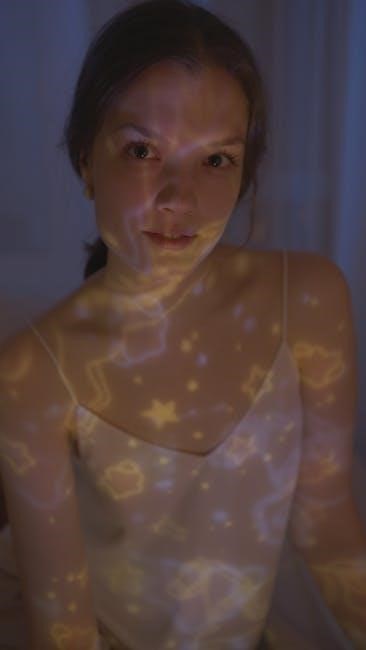
Blanket Specifications
Blankets must be made from new, washable materials like cotton, fleece, or acrylic yarn. Sizes range from 36×36 inches for infants to 54×72 inches for teens. Styles include quilted, tied, or knitted designs, ensuring they are colorful and child-friendly.
Size Requirements for Different Age Groups
Project Linus blankets are designed to fit children of various ages, ensuring comfort and practicality. For infants, blankets should measure at least 36×36 inches. Older children and teens require larger sizes, with medium blankets measuring 45×45 or 45×60 inches, and large blankets up to 54×72 inches. These dimensions ensure the blankets are cozy yet manageable for their intended recipients. The size guidelines help volunteers create blankets that are neither too small nor overly bulky, making them ideal for children in need. All blankets must be handmade, washable, and constructed from new, child-friendly materials like cotton, fleece, or acrylic yarn. This ensures durability and safety for children who rely on these blankets for comfort.
Color Guidelines for Child-Friendly Blankets
Project Linus blankets should feature child-friendly colors that are cheerful and uplifting. Bright hues and pastel shades are highly recommended to create a warm and inviting feel. Fabrics should be new and vibrant, avoiding faded or dull tones. Colors should appeal to both boys and girls, ensuring the blankets are inclusive and versatile. For infants, soft pastels and neutral tones are ideal, while older children may appreciate bolder, more vibrant colors. Avoid using fabrics with dark or overly muted tones, as they may not align with the comforting and nurturing purpose of the blankets. The goal is to create a visually appealing blanket that brings joy and reassurance to its recipient.
Label Placement and Sewing Instructions
Each Project Linus blanket must include a sewn label to ensure it meets identification and safety standards. Place the label on the back side of the blanket, positioned in the bottom left corner when the front of the blanket is facing up. The label should read, “Made With Tender Loving Care for Project Linus” and include the words “New, Handmade, Washable, Dryable.” Sew the label securely using a straight stitch or zigzag pattern to prevent fraying. Avoid gluing the label, as it may detach over time. Ensure the label is centered and evenly spaced for a professional finish. This step is crucial for identifying the blanket as an official Project Linus donation and ensuring it meets the organization’s quality standards.
Construction Methods: Tied, Quilted, or Sewn
Project Linus blankets can be constructed using three primary methods: tied, quilted, or sewn. Tied blankets are a popular choice, especially for fleece, and involve cutting fringe along the edges and tying knots to secure the layers. Quilted blankets require layering fabric with batting and stitching the layers together, either by hand or machine, for a traditional and durable design. Sewn blankets are ideal for those with sewing skills and can be made from a variety of materials like cotton or flannel. Regardless of the method chosen, all blankets must be new, handmade, and adhere to size and color guidelines. These construction methods ensure that each blanket is unique and crafted with care for children in need.
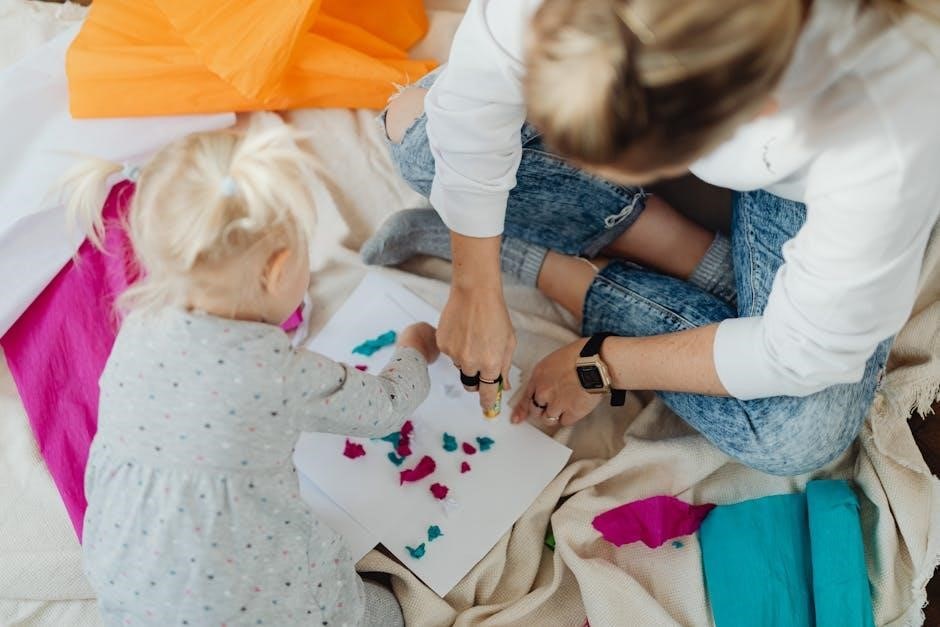
Patterns and Designs
Explore various patterns and designs for Project Linus blankets, including quilts, fleece creations, and knitted or crocheted designs. Patterns range from simple to intricate, offering creativity while adhering to guidelines.
Quilt Patterns for Project Linus Blankets
Project Linus offers a wide variety of quilt patterns suitable for all skill levels, from simple designs to intricate creations. Patterns include classic styles like strip quilts, baby blocks, and patchwork designs, ensuring versatility. Quilts must use new, washable materials such as cotton, flannel, or fleece, and acrylic yarns for knitted or crocheted elements. Sizes range from 36×36 inches for infants to 54×72 inches for teens. Patterns are available on the Project Linus website, along with tutorials and tips for beginners. Ensure quilts are child-friendly, with bright, cheerful colors and no small embellishments like buttons or beads. Low-loft batting is recommended for comfort and ease of care.
Fleece Blanket Patterns and Designs
Fleece blankets are a popular choice for Project Linus due to their simplicity and warmth. Patterns often involve single-layer fleece with decorative fringes or crocheted borders. To make a no-sew fleece blanket, cut fringe along the two narrow sides, then tie knots close to the top. For a polished look, add a crocheted border around the edges. Sizes should range from 36×36 inches for infants to 54×72 inches for teens. Use high-quality, child-friendly fleece colors and ensure the blanket is free of embellishments. Patterns and tutorials are available online, offering step-by-step guidance for both beginners and experienced crafters. Always trim selvages and use sharp tools for clean cuts. These blankets provide comfort and joy to children in need.
Knitted and Crocheted Blanket Patterns
Knitted and crocheted blankets are heartfelt contributions to Project Linus. Use soft, acrylic yarns in child-friendly colors to create cozy, washable blankets. Patterns range from simple stitches for beginners to intricate designs for experienced crafters. Blankets should be free of embellishments like buttons or beads for safety. Sizes vary from 36×36 inches for infants to 54×72 inches for teens. While knitted and crocheted blankets are appreciated, distribution opportunities may be limited, so fleece blankets are often encouraged. Patterns and tutorials are available online to inspire your creativity. Ensure yarns are new, avoid wool, and keep designs simple for durability. Your handmade blanket will bring warmth and comfort to a child in need.
No-Sew Blanket Options
No-sew blankets are a wonderful way to contribute to Project Linus, especially for those who prefer not to sew. Fleece tie blankets are the most popular option, requiring only sharp scissors and a willingness to tie knots. Start by trimming the selvage edges from two pieces of fleece, ensuring they are the same size. Cut 4-5 inch long fringe along the narrow sides, then tie knots in each pair of fringe strips to secure the blanket. Use single-layer fleece as per guidelines, and avoid fringing all four sides. This method is quick, easy, and perfect for beginners. Fleece tie blankets are durable, washable, and deeply appreciated by recipients. They are a great way to make a meaningful contribution without sewing skills.

Fringe and Border Techniques
Fringe and borders add a decorative, finished touch to Project Linus blankets. Techniques include tying knots for fleece blankets or crocheted edges for a cozy, personalized look.
Adding Fringe to Fleece Blankets
Adding fringe to fleece blankets is a popular finishing technique for Project Linus donations. Start by trimming selvages from the fleece edges. Cut fringe strips 4-5 inches long and 3/4 to 1 inch wide along the two narrow sides. Tie each fringe strand with an overhand knot close to the top to avoid loose ends. Ensure the unfringed area meets size requirements (e.g., 36×36 for infants). Use sharp scissors or a rotary cutter for clean cuts. Avoid fringing the entire blanket, as this can make it bulky; For a neat finish, keep the fringe consistent and tie knots gently to prevent tightening. This method adds a decorative touch while keeping the blanket cozy and secure for children.
Crocheted Borders for Fleece Blankets
Crocheted borders add a decorative and personal touch to fleece blankets for Project Linus. Start by attaching crochet yarn to the edge of the fleece using a slip stitch. Single crochet stitches are ideal for a simple, sturdy border. Choose child-friendly colors that match the blanket’s theme. Crochet evenly around the edges, ensuring the border is secure and won’t unravel. Avoid intricate patterns or small loops that could pose choking hazards. For a finished look, tie off the yarn neatly and weave in ends. Crocheted borders enhance the blanket’s appearance while maintaining its functionality and comfort for children in need. This method allows for creativity while adhering to Project Linus guidelines.
Other Decorative Edging Ideas
Beyond crocheted borders, you can explore other creative edging techniques for Project Linus fleece blankets. Consider adding a decorative fabric paint design along the edges for a personalized touch. Appliqué shapes or embroidered motifs can also enhance the blanket’s appeal while keeping it safe for children. For a simple yet elegant look, use contrasting fabric strips sewn along the edges. Satin stitching or hand-tied yarn tassels (in safe, child-friendly lengths) can add texture and visual interest. These methods allow for creativity while ensuring the blanket remains durable and appropriate for its intended purpose. Always ensure embellishments are secure and free from small parts that could pose a choking hazard.
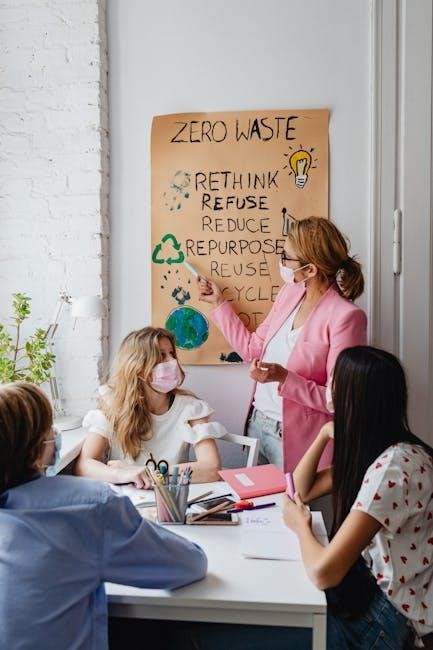
Labeling and Finishing Touches
Sew the Project Linus label on the back, bottom left corner. Ensure the blanket is clean and free of pet hair. Fold neatly for donation;
How to Attach the Project Linus Label
To attach the Project Linus label, place it on the back side of the blanket, positioning it in the bottom left corner. Sew the label securely using a needle and thread, ensuring it is firmly attached and will not come loose during washing. Do not use glue, as it may not withstand repeated laundering. The label should be visible and legible, serving as a reminder that the blanket was made with care for a child in need. Before sewing, ensure the blanket is clean and free of pet hair or odors. Labels are available at Project Linus meetings or can be downloaded as paper tags from the chapter headquarters.
Final Inspection and Preparation
Before donating your blanket, perform a final inspection to ensure it meets all guidelines. Check for loose threads, uneven edges, or incomplete stitching. Verify that the Project Linus label is securely attached and legible. Remove any selvage edges and trim excess fabric. Inspect for pet hair or odors, washing the blanket if necessary. Ensure the blanket is clean, dry, and free of scented products. Fold the blanket neatly, securing it with a ribbon or elastic band if desired. Double-check the size, color, and material requirements to confirm suitability for the intended recipient. A well-prepared blanket ensures it will provide comfort and joy to the child who receives it.

Donation Guidelines
Ensure your blanket is clean, labeled, and meets size/color guidelines. Deliver to local Project Linus chapters or partner organizations. Check for drop-off locations or mail-in options.
Contact your local chapter for specific instructions. Ensure blankets are free of pet dander, smoke, and fragrances. Proper preparation ensures timely distribution to children in need.
Preparing Your Blanket for Donation
To prepare your blanket for donation, ensure it is clean and free of pet dander or smoke odors. Wash and dry the blanket using unscented laundry products to avoid allergens. For knitted or crocheted blankets, check for loose yarn or uneven edges. Attach the Project Linus label securely on the back, bottom left corner. Fold the blanket neatly and place it in a plastic bag to protect it during transport. Ensure the blanket meets size and material guidelines before donating. If you have pets, double-check for fur or dander. Avoid using scented products or fabric softeners. Proper preparation ensures the blanket is ready for distribution to children in need.
For fleece blankets, trim selvages and tie knots securely. For quilts, ensure all seams are tight and batting is evenly distributed. Verify all guidelines are met before submission.
Where and How to Donate Your Blanket
To donate your blanket, locate your nearest Project Linus chapter through their official website. Visit www.projectlinus.org to find local drop-off locations, often at quilt shops, community centers, or chapter meetings. Many chapters also participate in special events or drives. Ensure your blanket meets all guidelines before donating. Check with your local chapter for specific instructions, as some may offer shipping addresses or prefer in-person deliveries. Properly preparing and labeling your blanket ensures it reaches a child in need promptly. Your contribution helps provide comfort and security to children across the country.
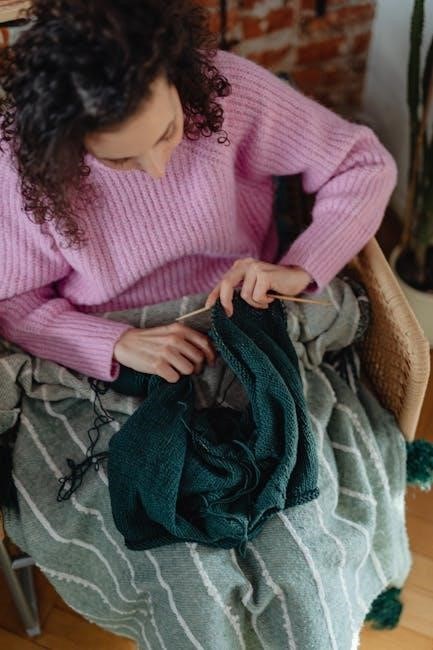
Additional Resources
Visit Project Linus for free patterns, tutorials, and video instructions. Explore resources like Always In Stitches for quilt ideas and crochet designs to help you create handmade blankets.
Free Patterns and Tutorials
Project Linus offers a wide variety of free patterns and tutorials to help you create handmade blankets. Visit their official website for access to over 75 patterns, organized alphabetically for easy browsing. These include designs for quilts, afghans, and fleece blankets, suitable for all skill levels. Tutorials are available for both sewn and no-sew methods, making it easy for everyone to participate. For no-sew fleece blankets, instructions include steps like trimming selvages, cutting fringe, and tying knots. Video guides on YouTube, such as the Project Linus Blanket Tutorial, provide visual guidance for techniques like quilting and crocheted borders. All patterns emphasize using new, washable materials and child-friendly colors. Download and print these resources to get started on your blanket-making journey for children in need.
Video Instructions and Guides
Enhance your blanket-making skills with Project Linus’s video instructions and guides. Their official YouTube channel offers tutorials like the Project Linus Blanket Tutorial, providing step-by-step guidance for quilting, tying fleece blankets, and adding decorative crocheted borders. These videos cater to all skill levels, from beginners to experienced crafters. They cover essential techniques such as trimming selvages, cutting fringe for no-sew blankets, and securely tying knots; Additionally, video guides demonstrate how to layer fabrics for quilts and properly sew or tie blankets to ensure durability. These resources are perfect for visual learners, offering clear demonstrations to help you create high-quality, child-friendly blankets. Use these guides to ensure your blankets meet Project Linus’s standards and bring comfort to children in need.
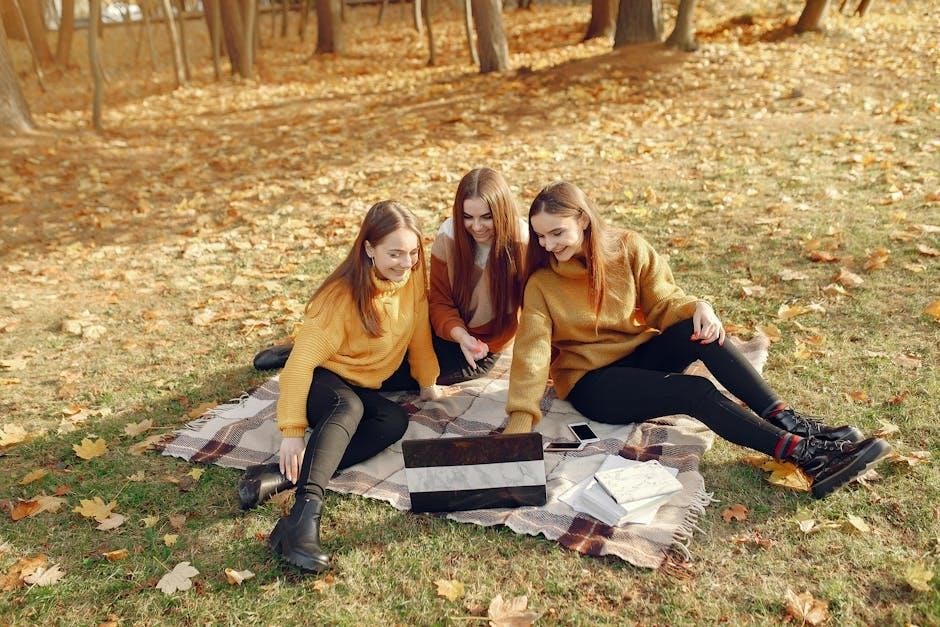
Safety Considerations
Ensure blankets are safe and suitable for children. Avoid wool, embellishments, and scented products. Check for pet hair and smoke residue before donation.
Materials to Avoid
Project Linus specifies materials to avoid for child safety and comfort. Wool is prohibited due to allergies and poor washability. Avoid yarn fringe, as children may chew on it. Do not use embellishments like buttons or beads, which pose choking hazards. Recycled or faded fabrics are also not acceptable. Ensure materials are free from pet hair, smoke, and strong odors. Avoid using scented laundry products or storing blankets in scented environments. Fleece blankets should be single-layered, and tied blankets must not use flannel, cotton, or corduroy. All materials must be new, washable, and dryable to meet safety and hygiene standards.
Pet Hair and Smoke Considerations
Project Linus requires blankets to be free from pet hair, dander, and smoke odors to ensure allergy-friendly and hygienic donations. If you have pets, wash and dry the blanket thoroughly before donating and store it in a plastic bag to minimize pet hair transfer. Blankets exposed to smoke cannot be accepted, as smoke residue can cause sensitivities. Avoid using scented laundry products or storing blankets in scented environments, as strong odors may trigger allergies. These precautions ensure the blankets are safe and comfortable for children with sensitivities or allergies.
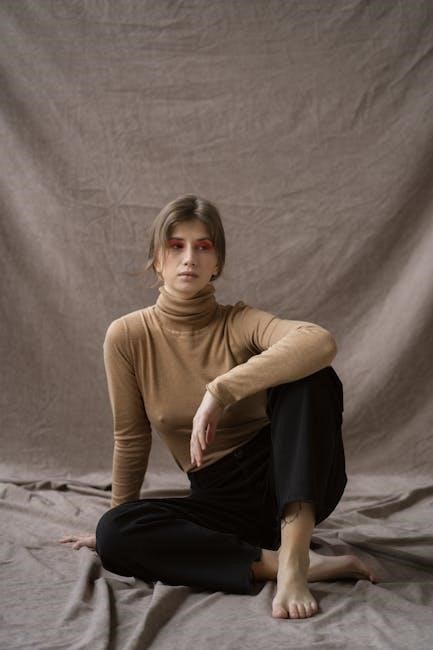
Troubleshooting Common Issues
Common mistakes include incorrect sizing, wrong materials, or uneven stitching. Refer to guidelines for resolving issues like fringed edges or mismatched yarn colors to ensure compliance.
Common Mistakes and Solutions
Common mistakes include using incorrect materials, such as wool or recycled fabrics, which are not allowed. Ensure only new, washable materials like cotton, fleece, or acrylic yarn are used. Another issue is incorrect sizing—always check the size guidelines for different age groups. For fleece blankets, fringe should only be added to the two narrow sides, and knots must be tied securely. If fringe is too wide, it can be difficult to tie properly. To fix this, cut fringe strips narrower. Additionally, avoid embellishments like buttons or ribbons, as they can pose choking hazards. Always trim selvages and ensure blankets are free of pet hair and smoke odors before donating. Properly sew the Project Linus label on the back, bottom left corner of the blanket. If mistakes occur, rework the section or start over to meet guidelines. This ensures every blanket is safe, comfortable, and suitable for children in need.
Adjusting Blanket Sizes
Blankets must meet specific size requirements to ensure they are suitable for children of different ages. For infants, blankets should be at least 36×36 inches, while older children require larger sizes, such as 45×45 or 45×60 inches. The maximum size is approximately 54×72 inches. If your blanket is too small, consider adding borders or strips of fabric to increase its dimensions. For fleece blankets, ensure the unfringed area meets the size guidelines before adding fringe. If a blanket is too large, carefully trim it to the desired size, taking care not to fray the edges. Always measure and record the approximate dimensions on the Project Linus tag before donating. Proper sizing ensures the blanket will be comfortable and practical for its recipient.
Creating a blanket for Project Linus is a meaningful way to make a difference in the life of a child. By following these guidelines, you ensure your blanket is safe, comfortable, and suitable for its recipient. Remember, every stitch is made with love, and every blanket brings warmth and comfort to a child in need. Thank you for your time, effort, and generosity. Your contribution helps Project Linus continue its mission of providing security and hope to children across the country. Together, we can make a difference, one blanket at a time. Happy crafting!
